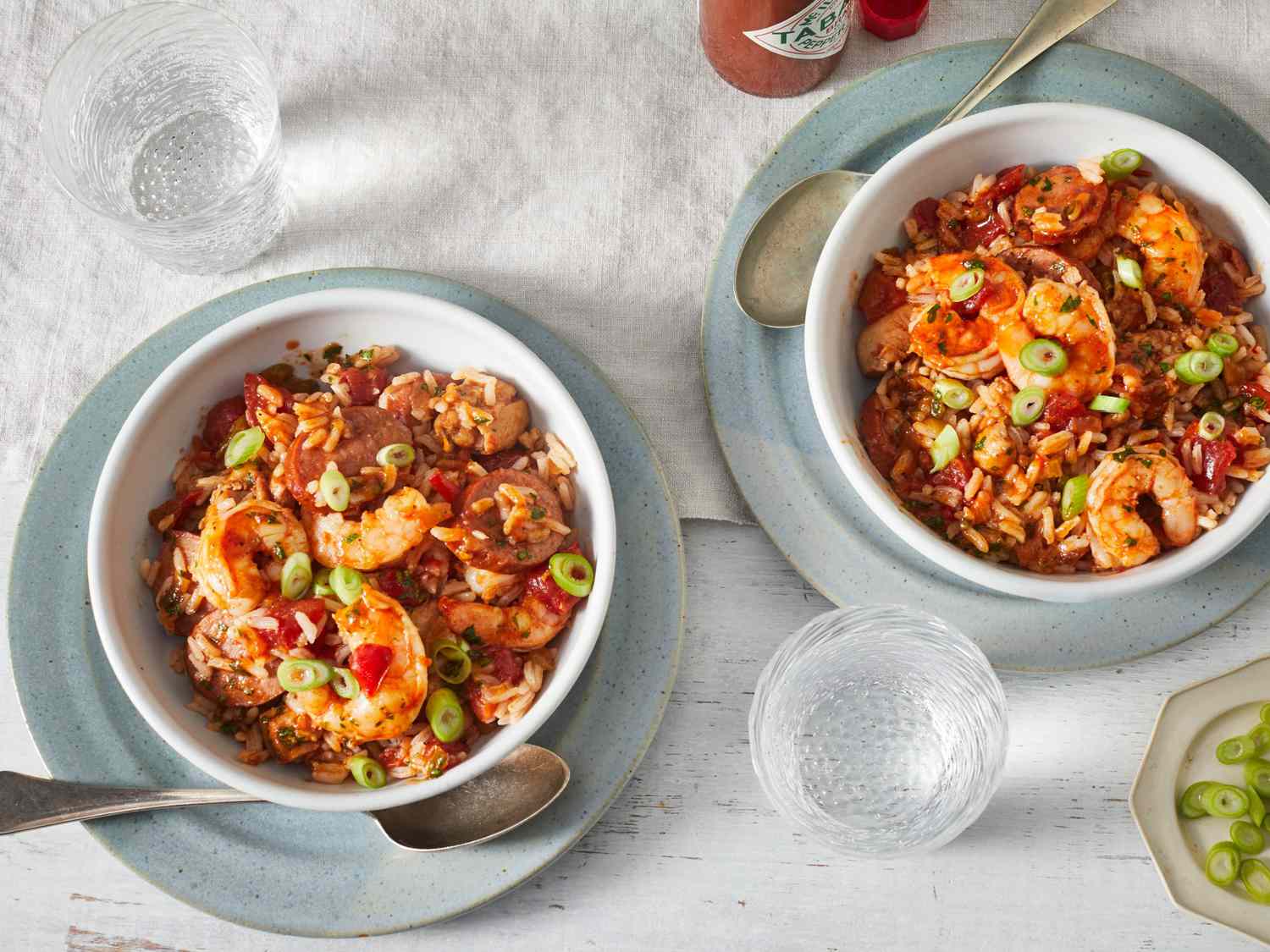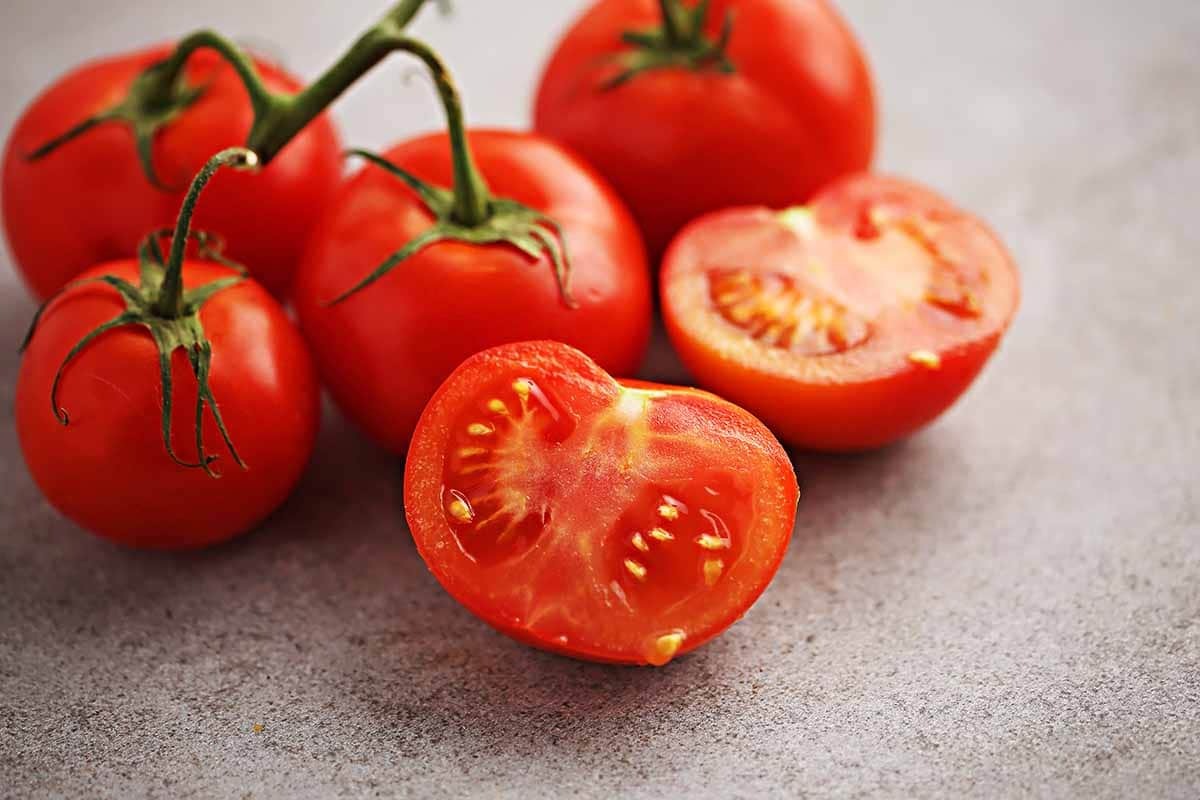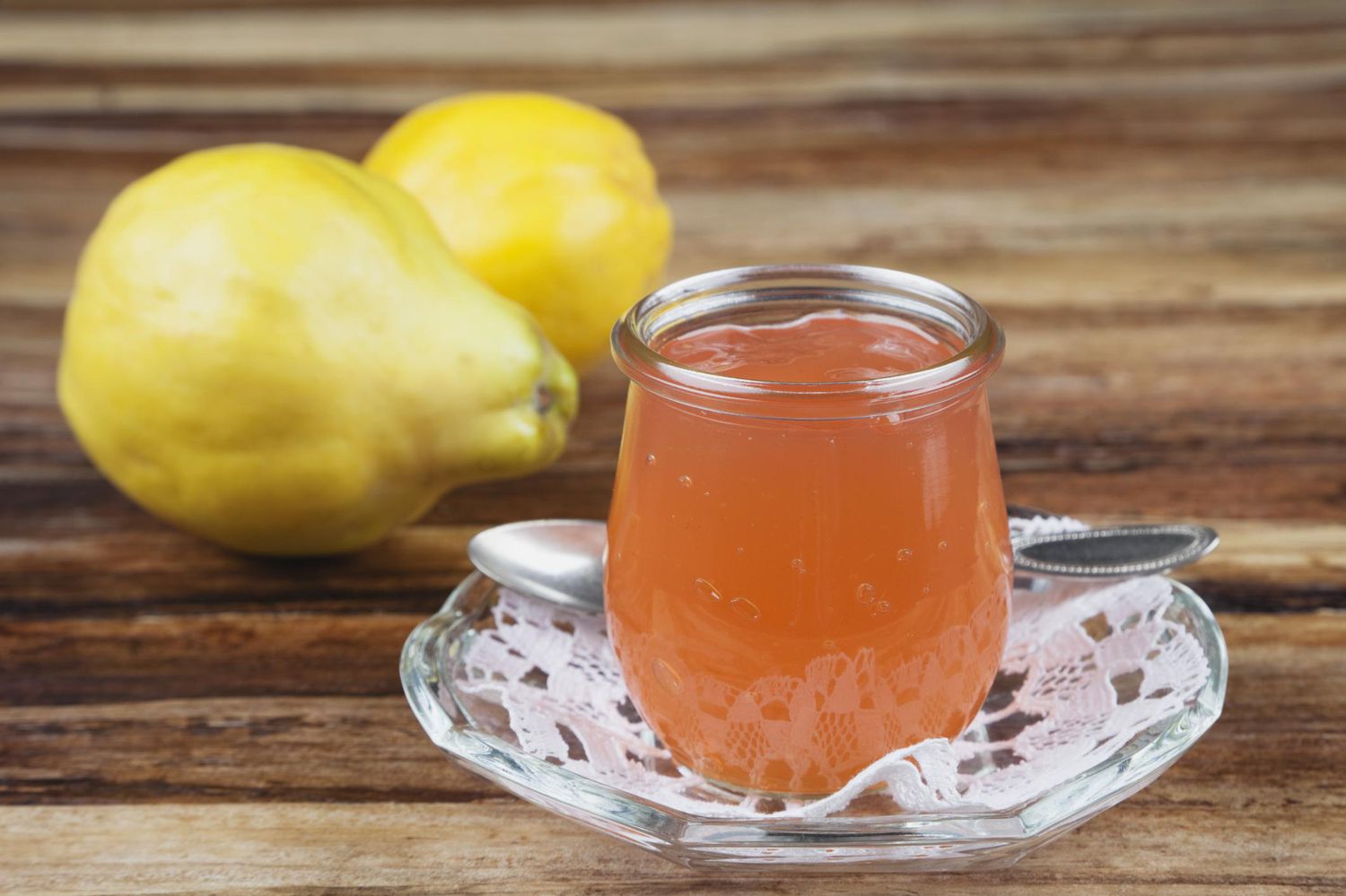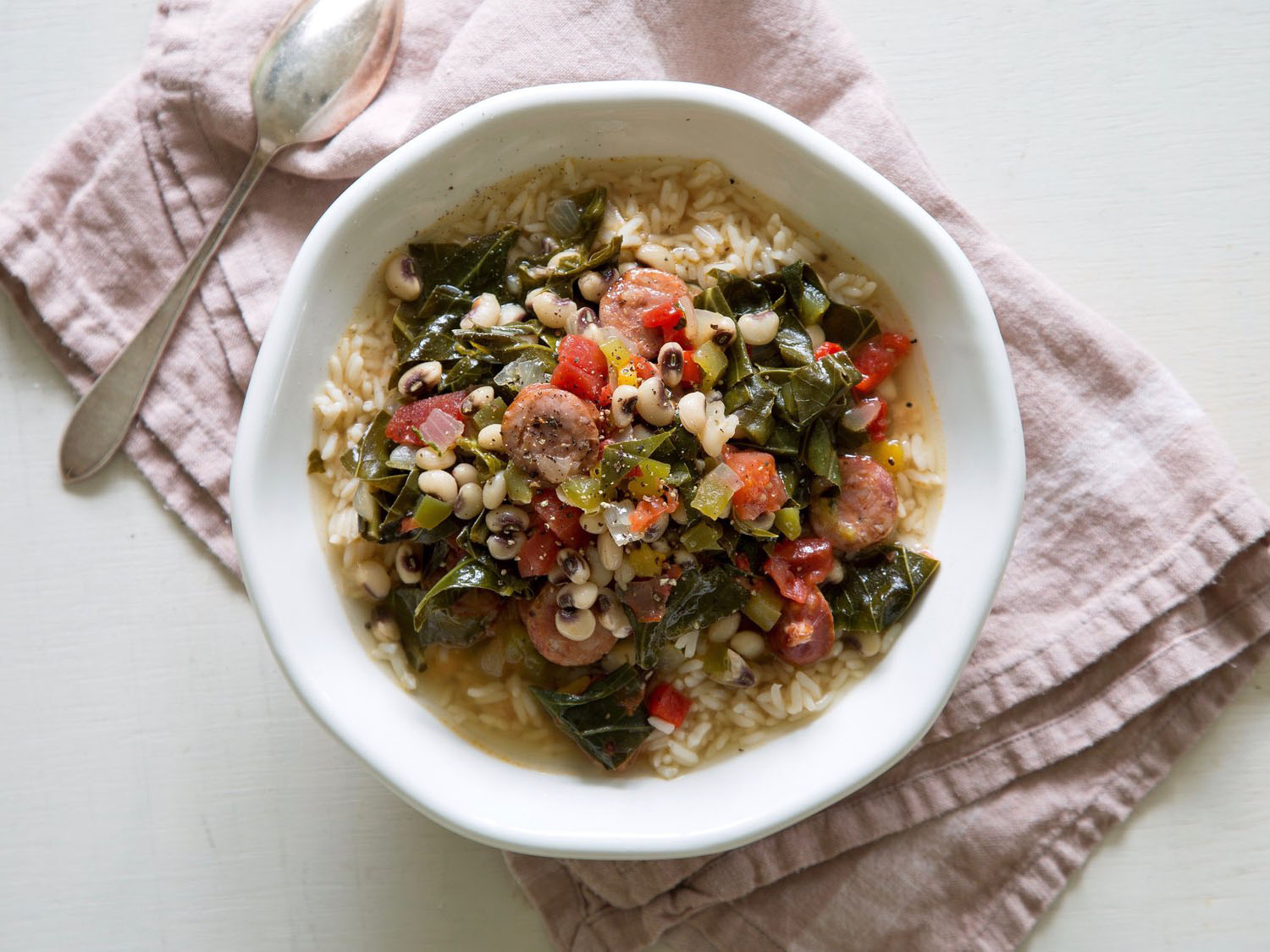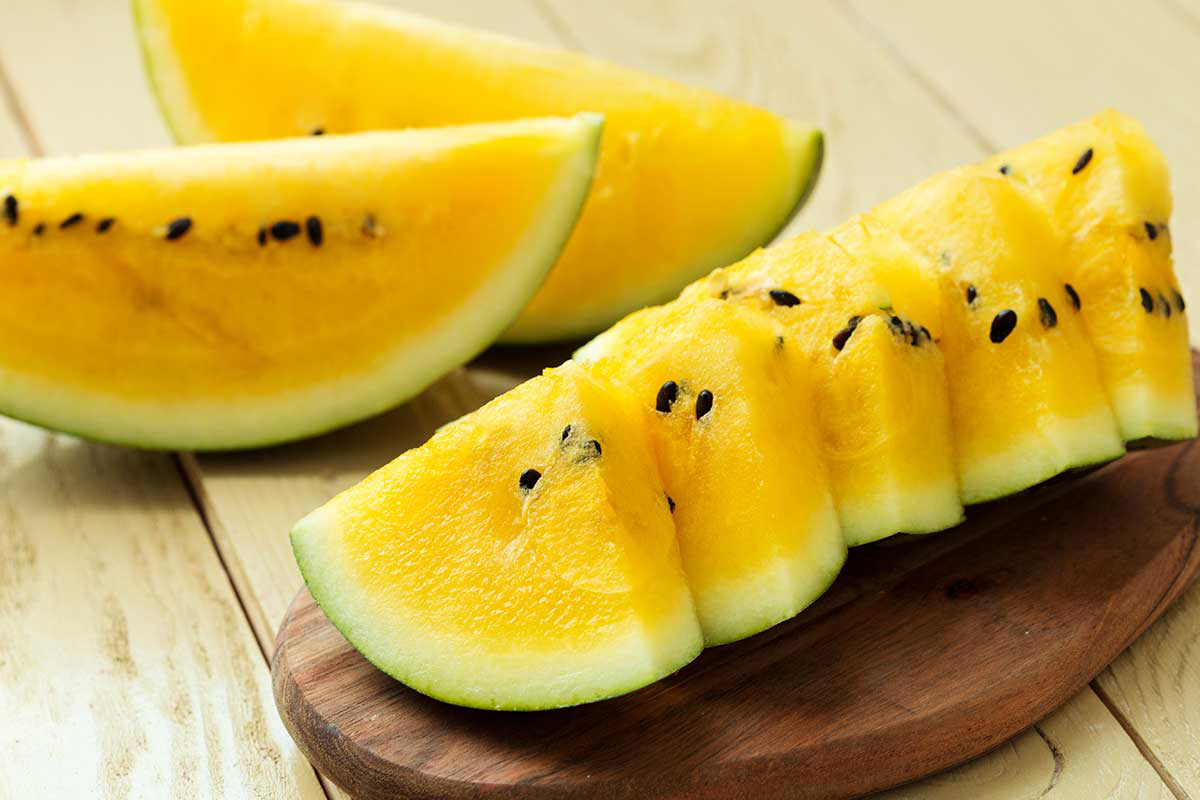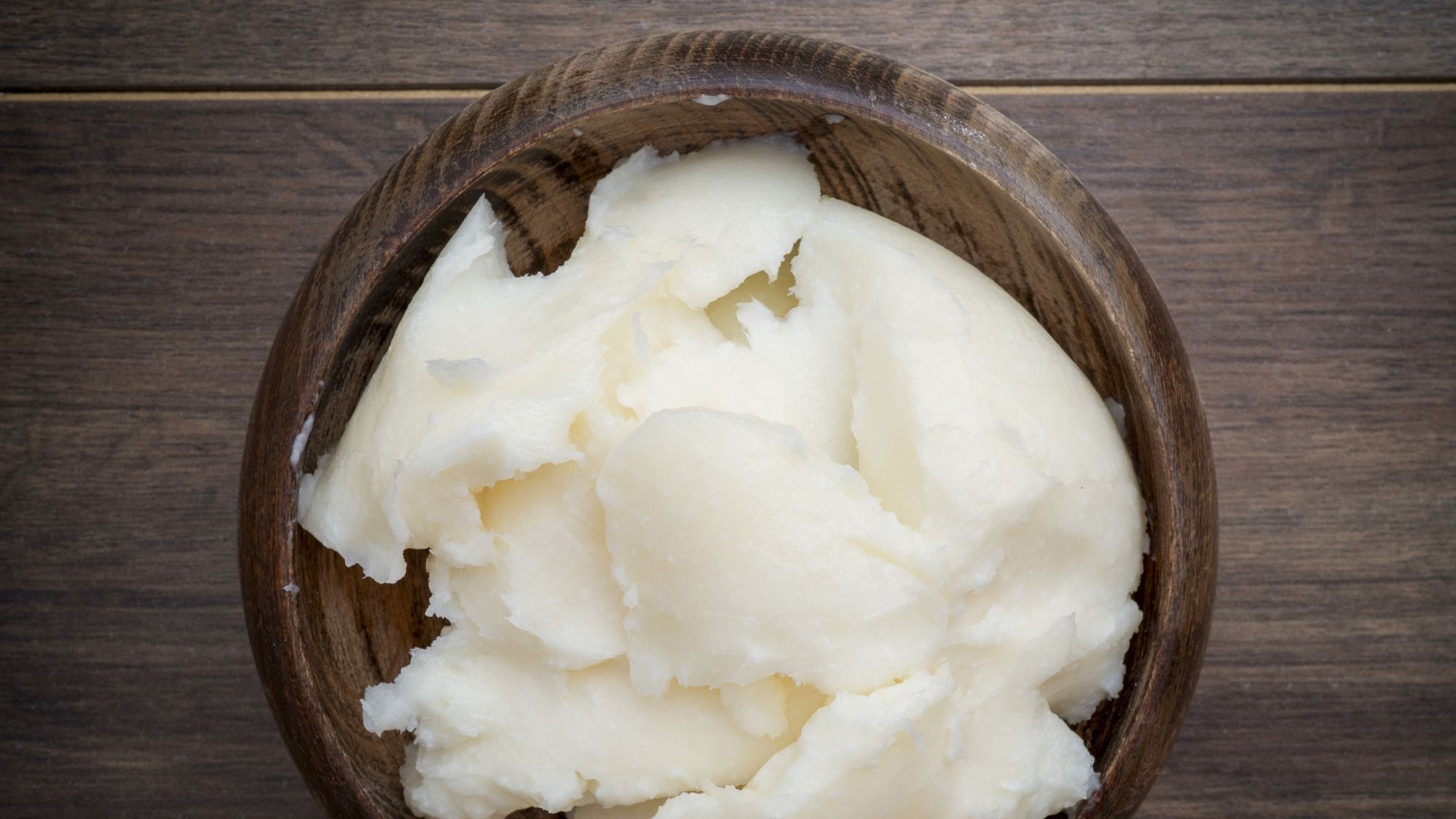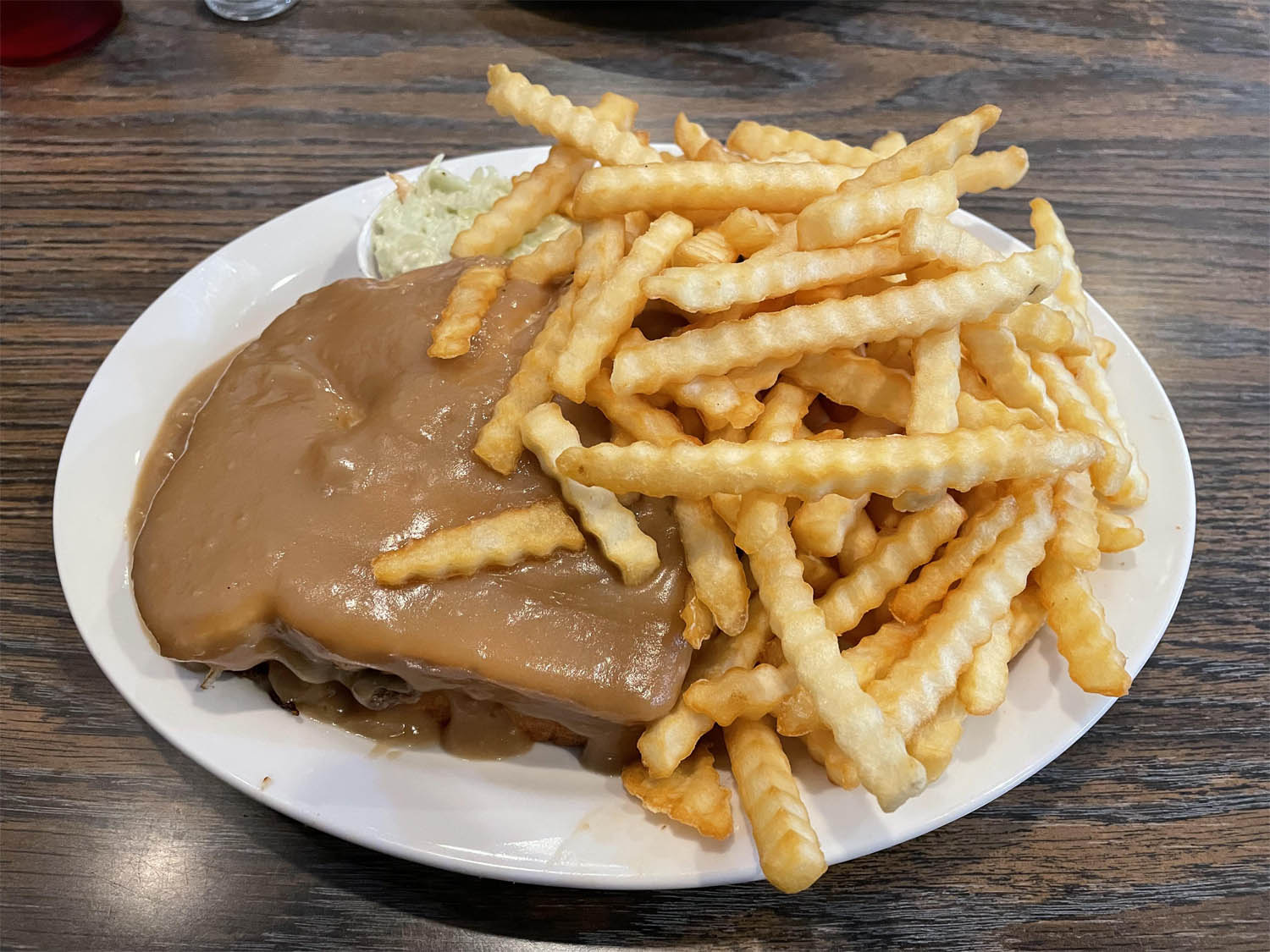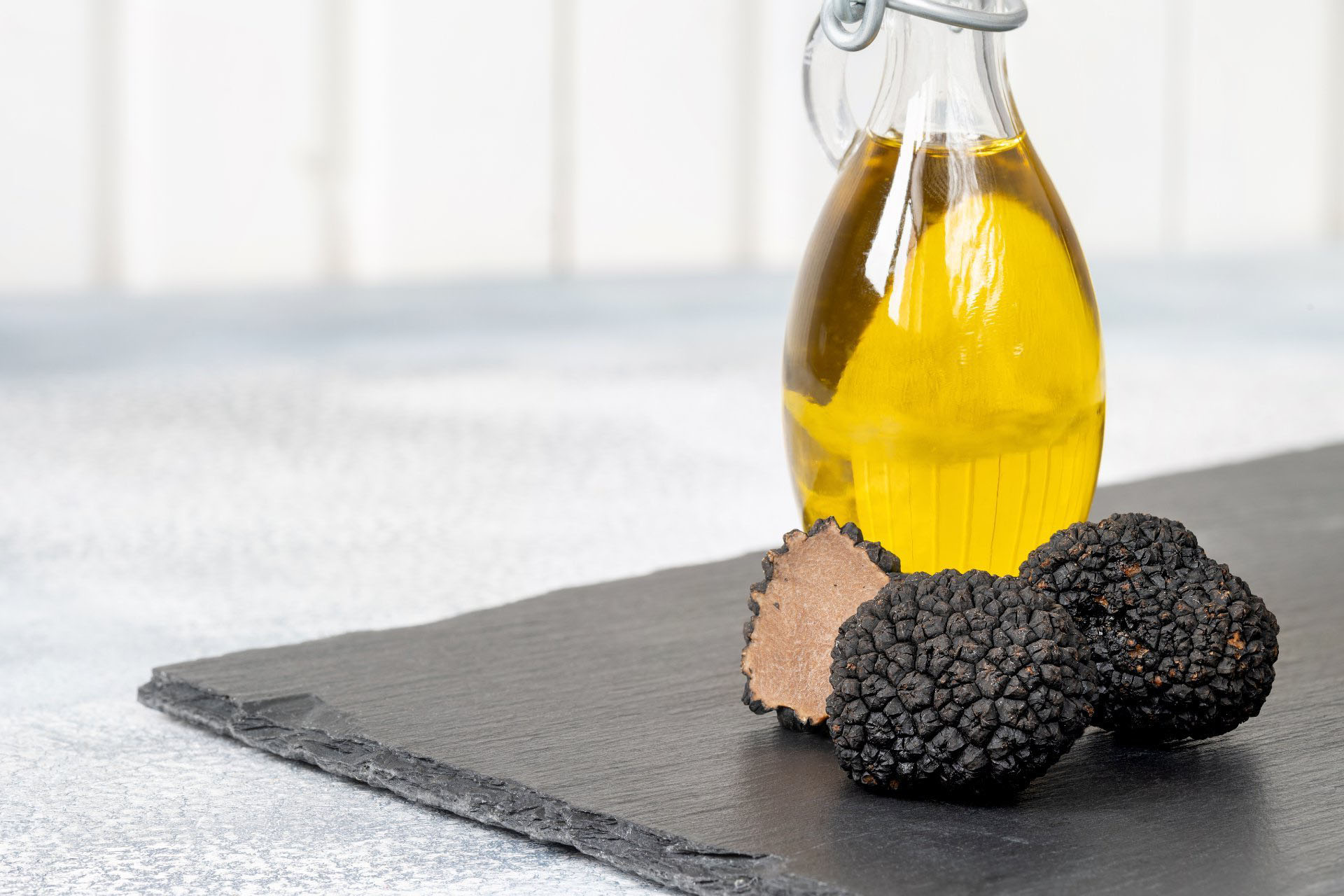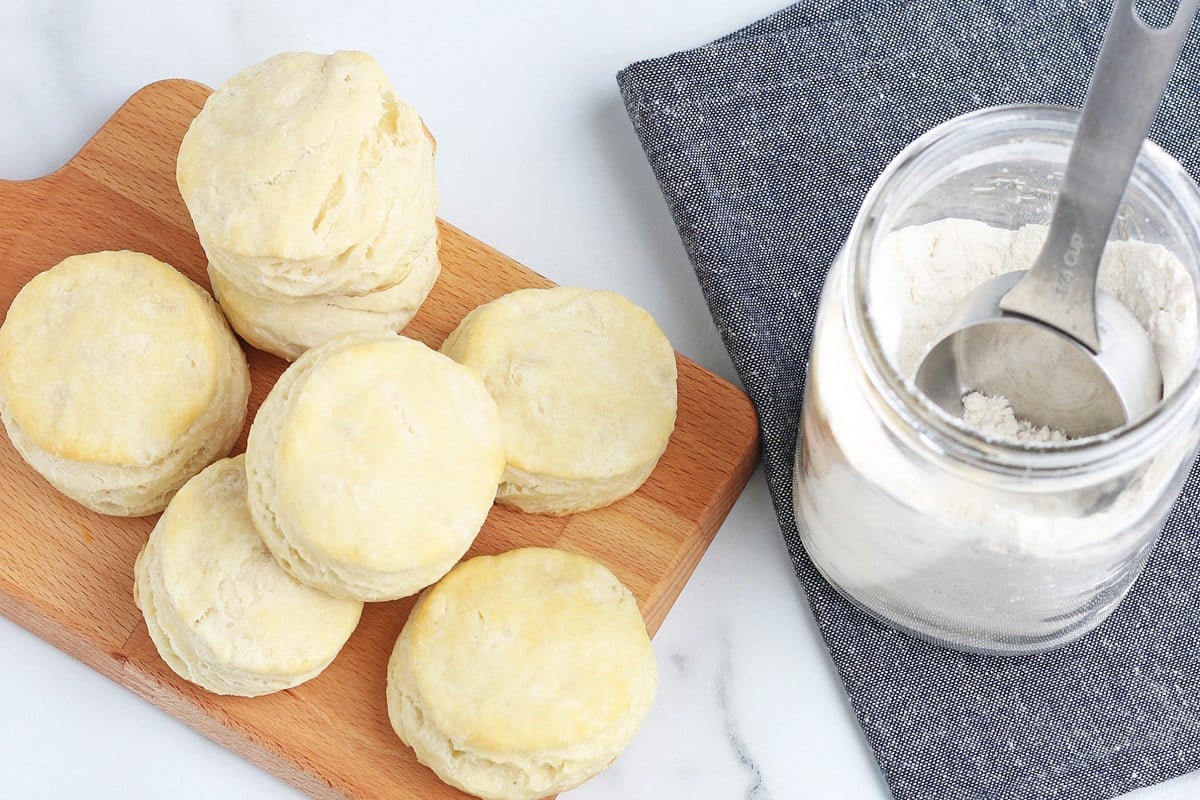Exploring the Delightful World of Japanese Curry
Japanese cuisine is known for its rich flavors and unique dishes, and one of the most beloved comfort foods in Japan is Japanese curry. While it may share a name with its Indian and Thai counterparts, Japanese curry has its own distinct characteristics that set it apart.
The Origins of Japanese Curry
Japanese curry has a fascinating history that dates back to the late 19th century when it was introduced to Japan by the British during the Meiji era. Over time, it evolved to suit Japanese tastes, and today, it is a staple in Japanese households and restaurants.
What Sets Japanese Curry Apart?
Japanese curry is known for its mild and slightly sweet flavor profile, which differentiates it from the spicier curries of India and Thailand. It is often thicker in consistency and features a rich, savory taste that appeals to a wide range of palates.
Key Ingredients
Japanese curry typically includes the following key ingredients:
- Vegetables: Onions, carrots, and potatoes are commonly used in Japanese curry.
- Protein: It can be made with chicken, beef, pork, or even seafood.
- Curry Roux: This is a pre-made curry sauce base that comes in the form of solid blocks or powder, making it convenient to prepare.
- Spices: While Japanese curry is milder than other varieties, it still contains a blend of spices such as turmeric, cumin, and coriander.
How Japanese Curry is Served
Japanese curry is often served with a generous portion of steamed rice, creating a hearty and satisfying meal. It can also be accompanied by fukujinzuke, a type of pickled relish, and tonkatsu, a breaded and deep-fried pork cutlet, to create popular variations such as katsu curry.
Popularity and Variations
Japanese curry is immensely popular in Japan and is widely available in restaurants, cafes, and even convenience stores. It is also a common household dish, with families often having their own unique recipes and variations. Some popular adaptations of Japanese curry include:
- Kare Raisu: The classic combination of curry and rice.
- Katsu Curry: Featuring a crispy breaded cutlet served with curry sauce and rice.
- Curry Udon: Udon noodles topped with a rich curry broth.
- Curry Bread: A deep-fried bread filled with curry filling.
Enjoying Japanese Curry Around the World
Thanks to its delicious flavors and widespread appeal, Japanese curry has gained popularity beyond Japan and can be found in Japanese restaurants around the world. Its comforting and familiar taste has made it a favorite among food enthusiasts everywhere.
In Conclusion
Japanese curry is a delightful and versatile dish that has captured the hearts and taste buds of people worldwide. Its unique blend of flavors, comforting appeal, and adaptability make it a beloved part of Japanese cuisine and a must-try for anyone seeking a delicious and satisfying meal.
Whether enjoyed in a bustling restaurant in Tokyo or prepared at home with a cherished family recipe, Japanese curry continues to bring joy and warmth to those who savor its delectable taste.
Was this page helpful?
Read Next: What Is The Green Stuff In Crabs
AgenBolaOnline
Berlian168 merupakan company situs hkb poker online ternama dan terbesar di indonesia memiliki permaianan judi online terlengkap seperti kasino online, poker online, slot online, sbobet online, togel online dan masih banyak lagi lai nya

